Are you planning to upgrade the tires on your Chevrolet Equinox, and do you want to know what are the biggest tires that will fit? You’ve come to the right place, for we have researched this question and have the answer for you.
A 2009 3.4i Chevrolet Equinox can have a 245/55R18 or a 255/50R19 tire size.
Let’s talk more about wheel sizing and what all the numbers mean in the succeeding sections. Learn more about the different factors that determine the largest tires that would fit into a vehicle like your Chevrolet Equinox in the sections below.
Read on!
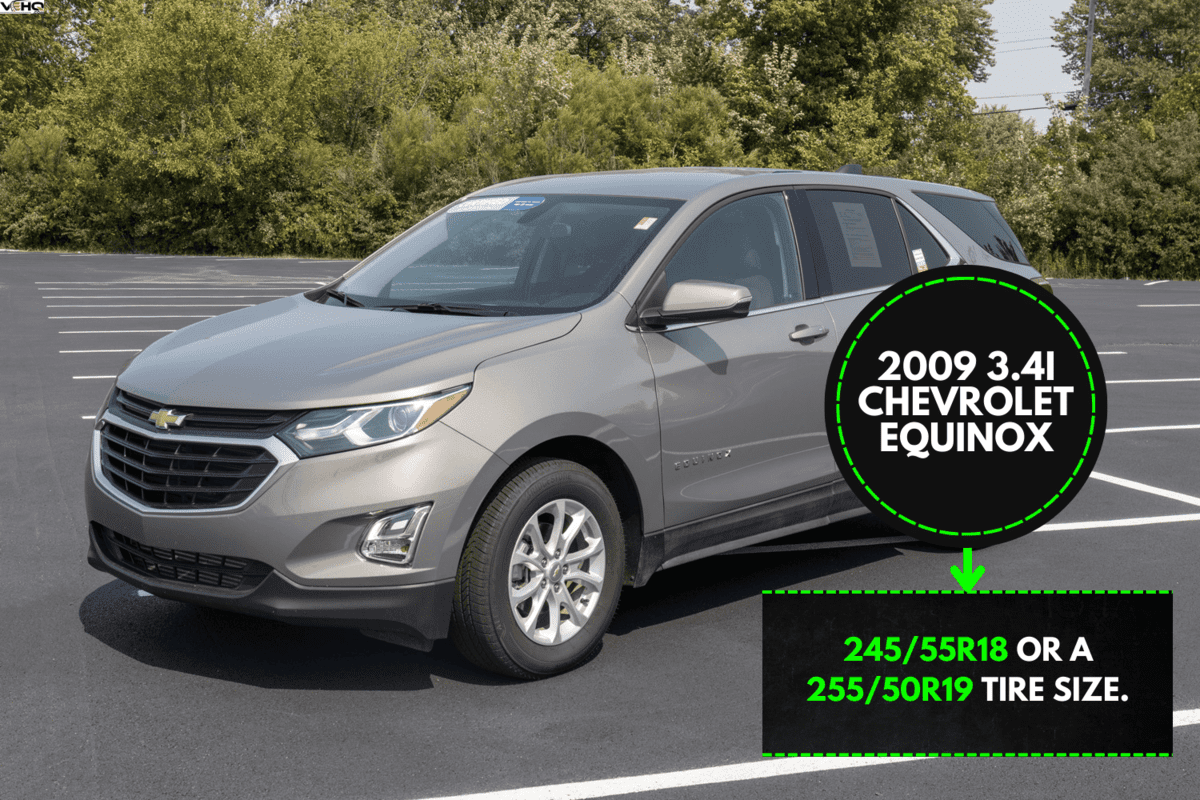
How to read tire specs?
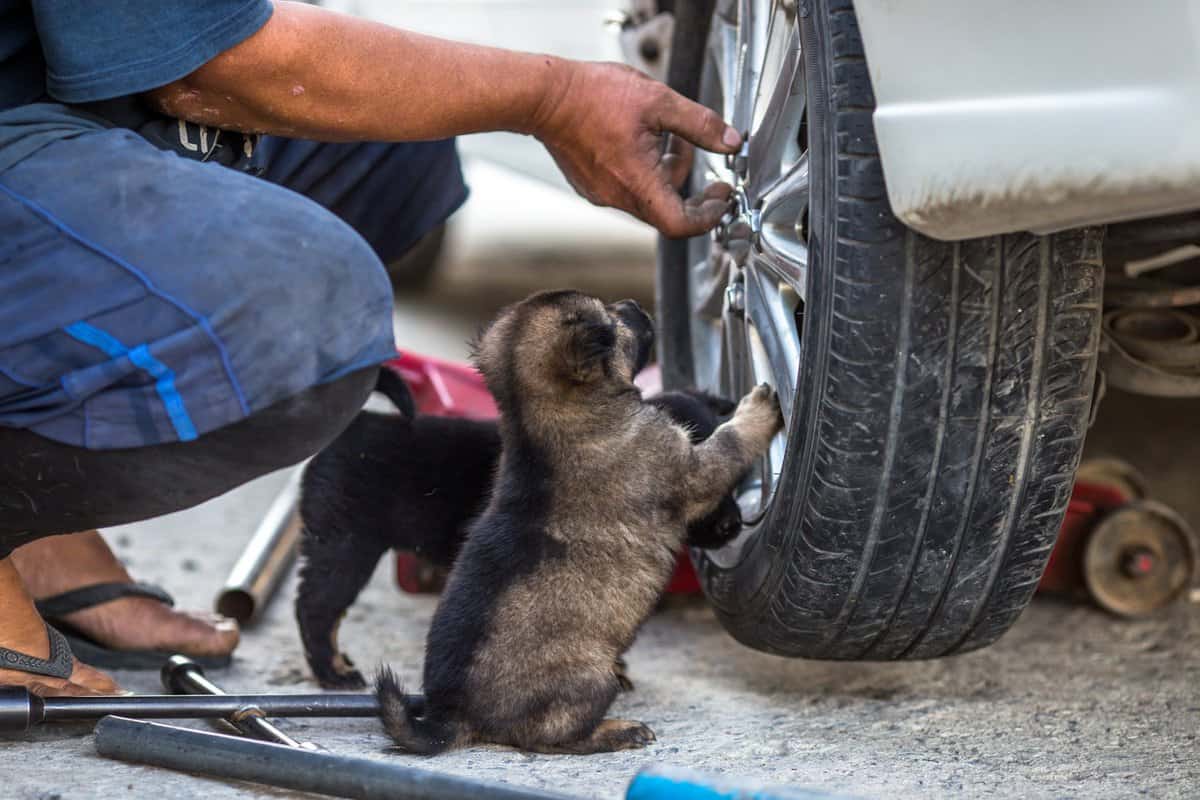
Tires may look like a simple component of your Equinox. They’re round and made of rubber. What else is there, right?
In actualilty, there is a lot of complexity to tires that meet the eye.
The complexity of tires stems from their dimensions. The dimension of the tires is a careful balance of the available space from the surrounding components inside the wheel well.
The size of a tire cannot be bigger than the space allocated for it in a vehicle. A tire that is bigger than the allocated space for it runs the risk of rubbing. We’ll talk more about rubbing in a later section.
The succeeding sections talk about the meaning of the codes that you will see in tires.
Vehicle Type
You will see some tires that begin with a “P” in their size code, while others do not have one and begins with a 3-digit number.
The letter “P” means that the tire is a P-Metric tire that the Tire and Rim Association designates the tire for use on passenger vehicles. If the tire doesn’t have any letter at the beginning of the tire codes, then it means that the tire is a Euro-Metric tire that the European Tyre and Rim Technical Organization designate the tire for use on passenger vehicles.
Passenger vehicles, according to the P-Metric or Euro-Metric designations, include cars, SUVs, minivans, and light-duty pickup trucks.
Pickup Trucks And Vans
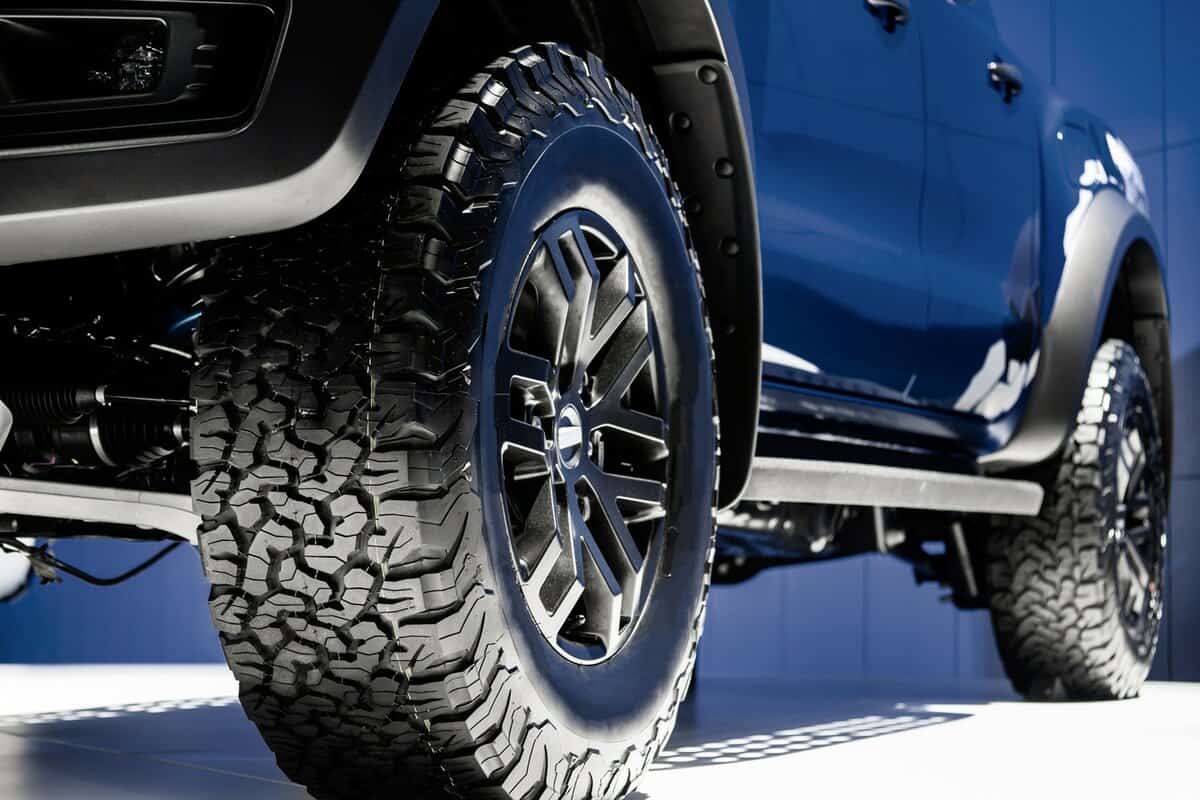
Tires for pickup trucks (three-quarter-ton trucks and larger) and vans have different types of tire size designations. These tires can fall under the LT-Metric or the Euro-Metric Commercial designation.
LT-Metric tires have the “LT” letters before any number on the tire. On the other hand, a Euro-Metric Commercial tire designation doesn’t have any characters before the numbers—just like the Euro-Metric designation for passenger vehicles. However, a C-type tire will have the “C” character after the rim size.
The LT-Metric and Euro-Metric Commercial tires have a load range designation after the rim size.
Spare Tires
A tire with the “T” character before the size means that it has the designation to be a spare tire only.
Trailer Tires
Trailer tires have the “ST” characters before the size numbers on the tire. Trailer tires are made for use on trailers only.
Tire Width
The first set of numbers is standard across different tire designations. This means that it doesn’t matter if the tire has a “P,” “ST,” or “C” designation. The number on the tire aside from the ones above will mean the same thing across the two tire organizations.
Thus, the tire width designation is the same for tires that follow either the Tire and Rim Association’s or the European Tyre and Rim Technical Organization’s standards.
The first set of numbers is the width of the tire in millimeters. The width is the measurement of the distance from one sidewall to the opposite sidewall.
Thus, a tire whose first number is 240 has a width of 240 millimeters. In the tire recommendations above, the first has a width of 245 millimeters, while the second has a width of 255 millimeters.
Aspect Ratio
The aspect ratio is the number that follows the slash character. The slash character separates the tire width and the aspect ratio.
The aspect ratio is in percentage. It is the height of the side wall from the rim. Additionally, it is a factor in the tire’s width.
Thus, a tire with an aspect ratio of 60 means that the height of the tire is 60% of its width.
Keep in mind that even though two tires may have the same aspect ratio, that doesn’t mean that they have the same height. A 225/60 tire and a 255/60 tire have the same aspect ratio, but their height is different. The first tire has a height of 135 millimeters, while the second has a height of 153 millimeters—a difference of 0.7 inches.
If we take the aspect ratio of the two tires in the recommendations above, the aspect ratio is 55 and 50. This represents a height that is 55% and 50% of the tire width. Thus, the first tire has a height of 135 millimeters, while the second tire has a height of 127.5 millimeters.
Construction Notation
The next piece of information that follows the aspect ratio is the construction method. One of three letters may appear here.
The first letter that you will encounter is “R,” which represents a radial construction type. This is the most common type of construction for tires in the US.
These tires have ply cords that are perpendicular to the direction of rotation.
Less common construction notations are “B” (bias ply type of construction) and “D” (diagonal type of construction).
Both tires in the recommendations above use a radial type of construction.
Rim Diameter
The number follows the letter that represents the construction type is a pair of numbers that tells you the diameter of the rim. Additionally, unlike the width and aspect ratio of the tire, the rim diameter is provided in inches.
The rim diameter is the diameter of the rim that will fit the tire. Thus, when purchasing a tire, it is important to know the diameter of the rims that you have on your car. However, if you plan to upgrade your tires, you should also consider upgrading your rims too.
We’ll talk more about rims in the next section.
When you look at the two tires in the recommendation, the first tire would fit an 18-inch rim, while the second is suitable for a 19-inch rim.
How to read wheel sizing?
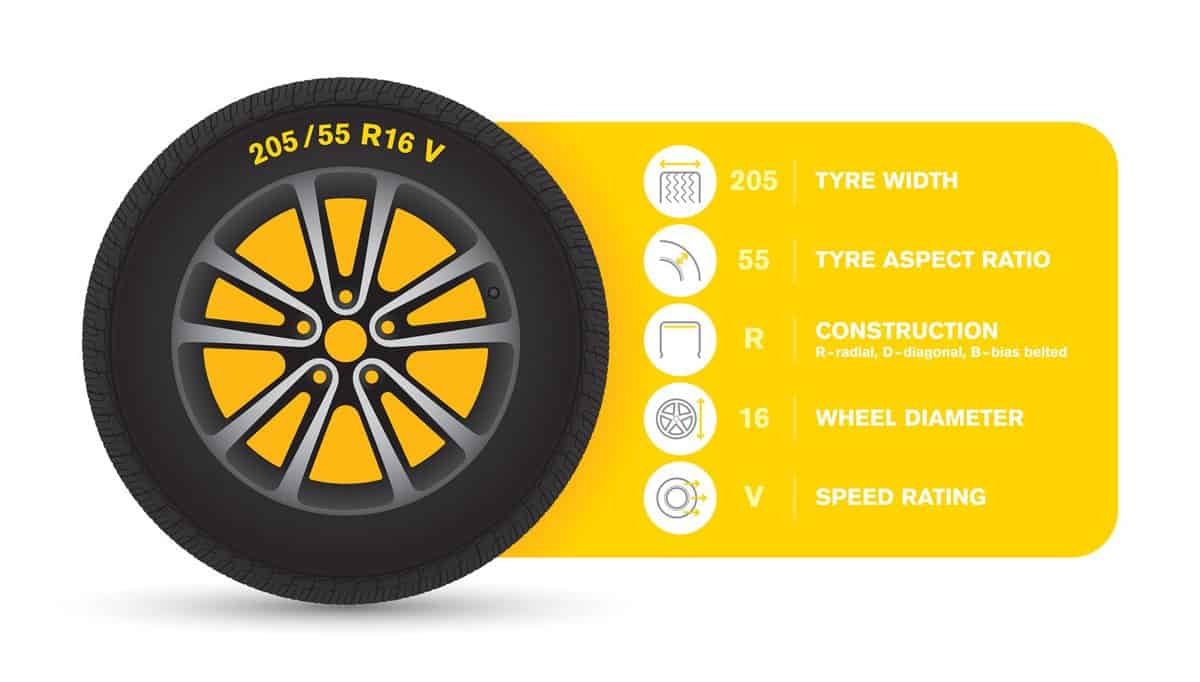
If you will swap out your rims for bigger ones that will match your bigger tires, then there are a few numbers that you need to know.
The rim diameter of the tire tells you the diameter of the rim that will fit. The width should be a match too.
The Equinox L, LS, and LT normally come with 17-inch rims. The Equinox Premier, on the other hand, comes with 18-inch rims.
To make sure that the new tires will not rub against the wheel well or the suspension, the additional tire width should be within 20 millimeters of the original tire’s width if you plan to use wider tires than stock. Keeping it within 20 millimeters will help prevent rubbing.
Does size really matter?
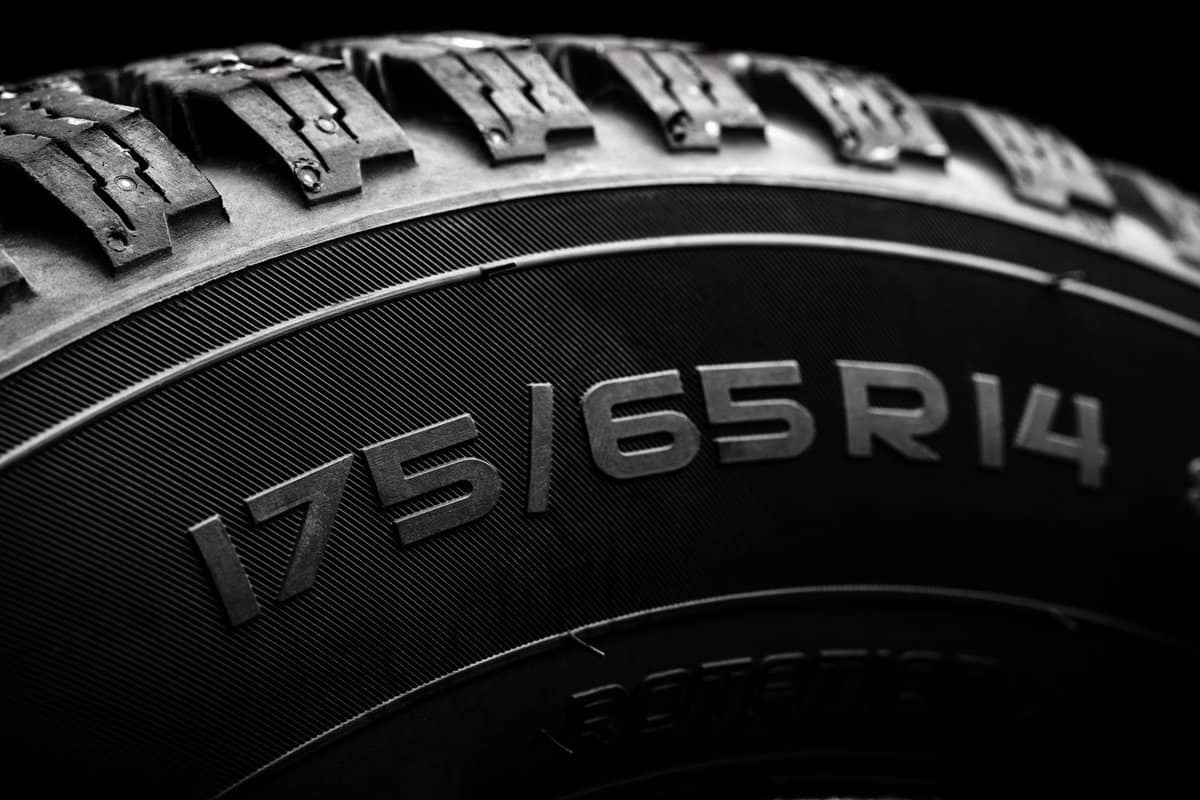
Wider tires have a better grip on the road because a larger tire area can be in contact with the road. Thus, a wider tire will give your Equinox better handling.
Moreover, bigger tires with bigger wheels allow your Equinox to accommodate bigger brakes with bigger brake calipers that have multiple pistons for better stopping power.
However, tires that are wider than what can fit in your wheel well can lead to rubbing. Rubbing can damage your suspension, your tires, or the wheels.
Keep in mind that car manufacturers calibrate the speedometer and odometer of their vehicles using the stock tire size. Going for bigger size (or even smaller size) tires will cause the speedometer and odometer to give you inaccurate information.
Additionally, the anti-lock brake system and any traction system in your car use tire rotation data to determine their performance. Your car’s computer relies on precise information so that these systems will respond accurately to an emergency.
Bigger tires can cause your anti-lock brakes to fail to engage.
When is it a good idea to change the tire size?
A good reason to change the size of your tires is when the stock tire size is rare in your area. Rare tire sizes are sure to be more expensive than tire sizes that are easy to find.
Thus, if the tire size of your car is hard to find, switch to a more common size to get a more reasonable price for your next tire replacement.
What to consider when changing tire size?
When changing the size of your tires, you should keep the change to within 3% of the original size. Whether you go for a bigger or smaller tire, keeping the size difference within 3% ensures that the systems that rely on tire rotation will still be able to perform to within acceptable levels. This is a good thing since some of these systems are important to keeping your vehicle safe to drive.
The rate of rotation of the tires changes with the size of the tires. Bigger tires rotate less, while smaller tires rotate more.
It is a good idea to consult a mechanic before making the change to a different size tire.
Conclusion
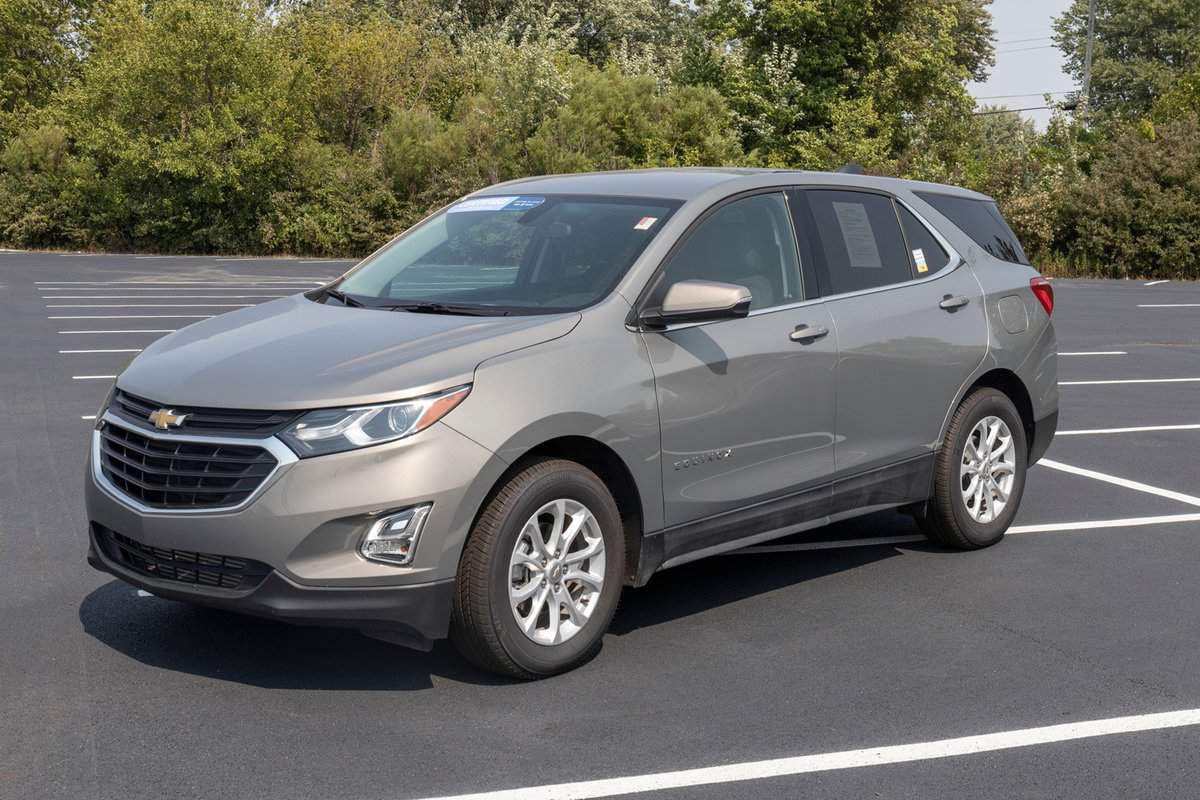
A bigger tire can have several advantages and disadvantages that you should consider. When increasing the size of the tires, keeping the changes within 3% of the original size will ensure that the systems that rely on the size of the tire will still be able to function properly.
If you enjoyed reading this article, you might find the articles below equally enjoyable to read:
